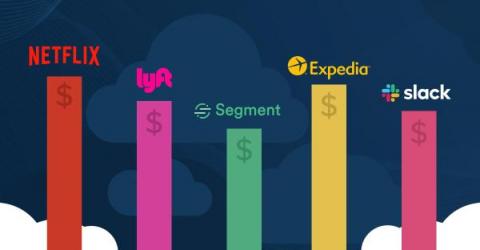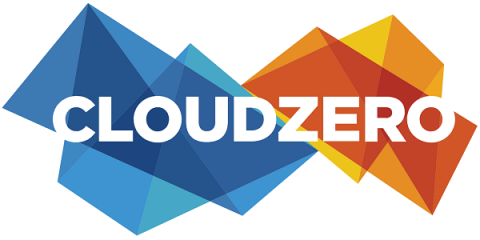How Netflix, Lyft, Slack, And Other Top Tech Brands Manage Cloud Costs
Breakthroughs in engineering best practices often stem from a handful of top tech companies. Many of them share their behind-the-scenes stories at conferences, in blogs, and slide decks — or open source code. These companies invest millions of dollars and dedicated headcount in optimizing everything from uptime to engineering velocity — so why wouldn’t you look to them for inspiration?











